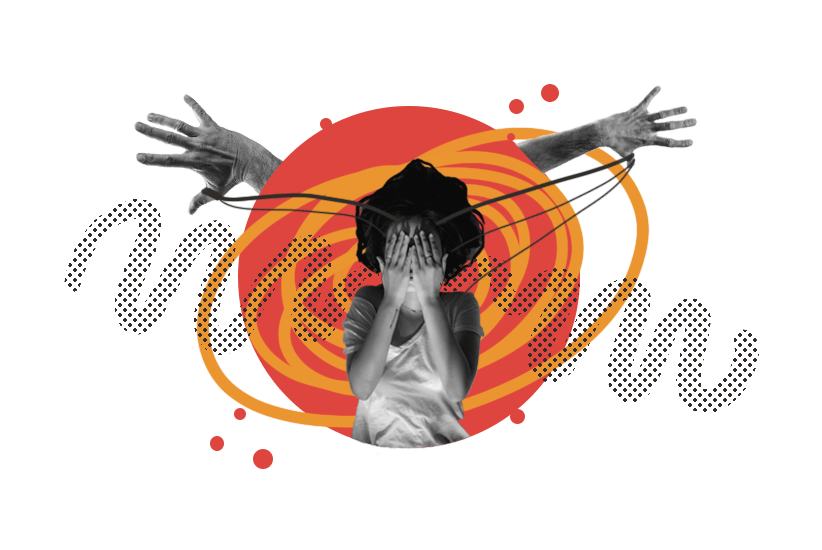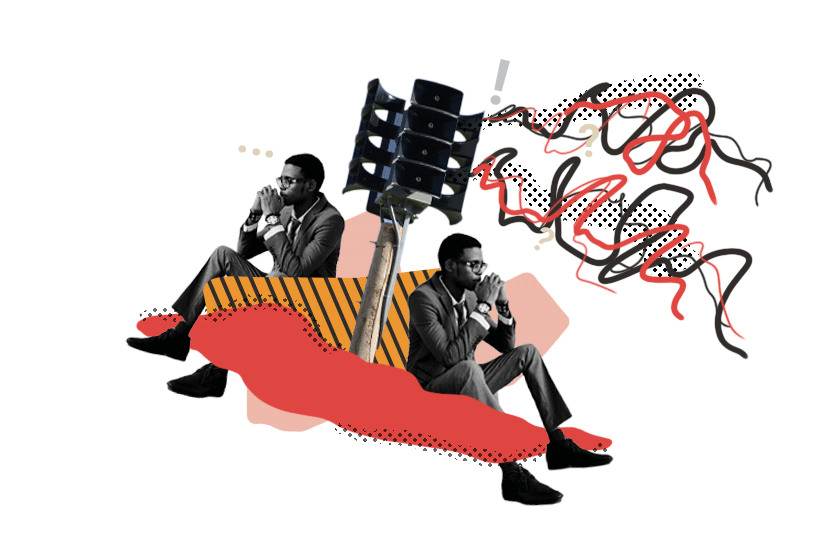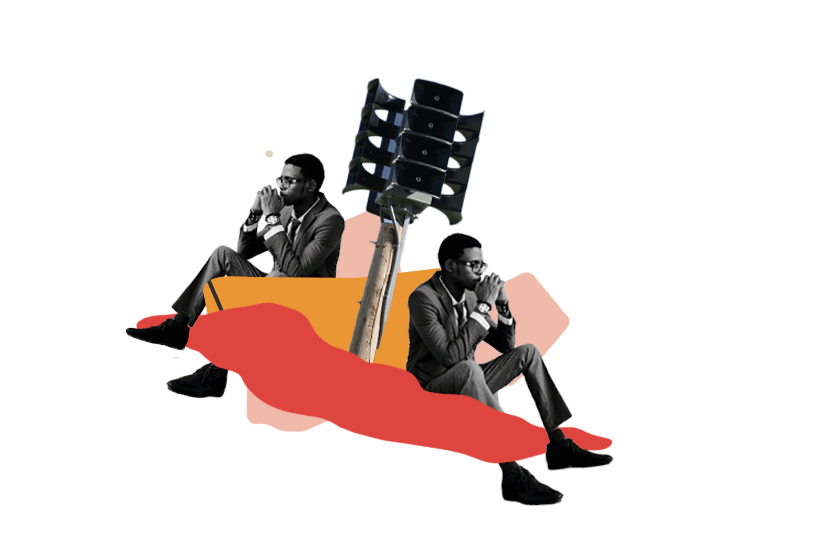From big class presentations and midterms to navigating the social scene and balancing a large workload, the school year — and life in general — brings on stress, but asking yourself three questions can help fight anxiety with curiosity rather than panic.
Jasper Smits, a psychology professor and director of the Anxiety & Stress Clinic at The University of Texas at Austin, has a stress-filled job teaching, researching and treating anxiety disorders. His clinic provides affordable services to the Austin community while training doctoral candidates in a clinical setting. An overarching goal throughout his research, teaching and clinical efforts is to encourage healthy stress-response behaviors — especially when they can curb the effects of daily anxieties associated with school, work and life.
It takes just a little self-evaluation and a lot of courage exposing yourself to those fearful but otherwise safe situations, which you can work up to by asking yourself these three questions:

1. What is causing the stress?
Anxiety and fear happen when we’re faced with a threat that we don’t feel we have the resources to take on. These threats send signals to our brain via what we see and hear and tap into our memory to reflect on what happened the last time we were in that situation. Most of the time these memories are not good, thus exciting our fear.
To ease your nerves, it’s important to identify what is triggering your stress before you determine how to handle it.
“The first question you may ask is: What triggered my reaction? Was it a person, a situation, a sensation or a thought or an image? Whichever it is, because I feel fear, I must be thinking that something bad is about to happen. What is my concern?” says Smits, who is also a faculty researcher in the Anxiety & Health Behaviors Lab. “The next question is: Is my concern valid?”

2. Is it a true alarm or a false alarm?
Once you have identified the culprit, it’s time to determine whether you’re overreacting — or “overestimating the consequences,” as Smits kindly phrases it.
To determine whether what you’re experiencing is a true or a false alarm, ask: “What is the danger? And, is it possible I am off in my predictions?”
The differences are striking. A true alarm is one that poses a real, intense threat. For example, if a bear is running toward you, your body will respond impulsively, sparking physical changes — heightened heart rate, heavy breathing — that prepare your body to either stay and fight or run for protection.
These panic, fight-or-flight responses are essential for survival. “We are still here as a species because of true alarms,” Smits says. But, they are not going to get you through your next history exam.
Anxiety disorders and most of the stress we experience day to day are false alarms. Like true alarms, false alarms induce bodily sensations — suppressed appetite, increased heart rate — that can be dangerous to your health if experienced long term. False alarms, however, are unnecessary because they are a result of inaccurate predictions of harm.
“Stress sets in when we’re telling ourselves that something bad is going to happen — for example, when we focus on potential, major consequences of our perceived failure,” Smits explains. “We need to come up with ways to challenge those predictions.”
Taking the time to recognize “I could totally be wrong about this” will save you from dwelling on something that could happen and refocus your attention on what you can do to ensure it does not.

3. What can I do to fix it?
“Anxiety can be a motivator,” Smits asserts. “It helps us prepare, get into gear, and deal with future threats. But overcoming it takes courage.”
Anxiety is fueled by something we’re trying to avoid — whether that’s public speaking, awkward social encounters, writing a 15-page research paper or being graded on how well you understand the Pythagorean theorem. But there are ways to feel more at ease when facing these difficult situations.
It requires taking what you may feel are great risks.
“You have to get back into the situation if you want to start feeling more comfortable in it,” Smits points out. “It’s not the rationale people don’t get; it’s finding the courage to do it.
“So, if you find yourself willing to take a risk, you need a support system, and you need to set goals,” he adds, offering an example. “If presentations scare you, sign up for Toastmasters with a friend to practice public speaking. Then maybe after a few classes, you go without your friend to test the waters on your own.”
The ultimate goal is to become comfortable being uncomfortable in order to create a “memory of safety,” Smits says. So, the next time you’re faced with a similar challenge, your brain can recall the dozens of positive, safe memories you’ve created associated with that situation, making you feel more prepared to take on the next.
“The first time is going to suck,” Smits says frankly. “Do it again, quickly and in succession. The more you do it, the better you get at it and the less anxious you’ll start to feel over time.”
